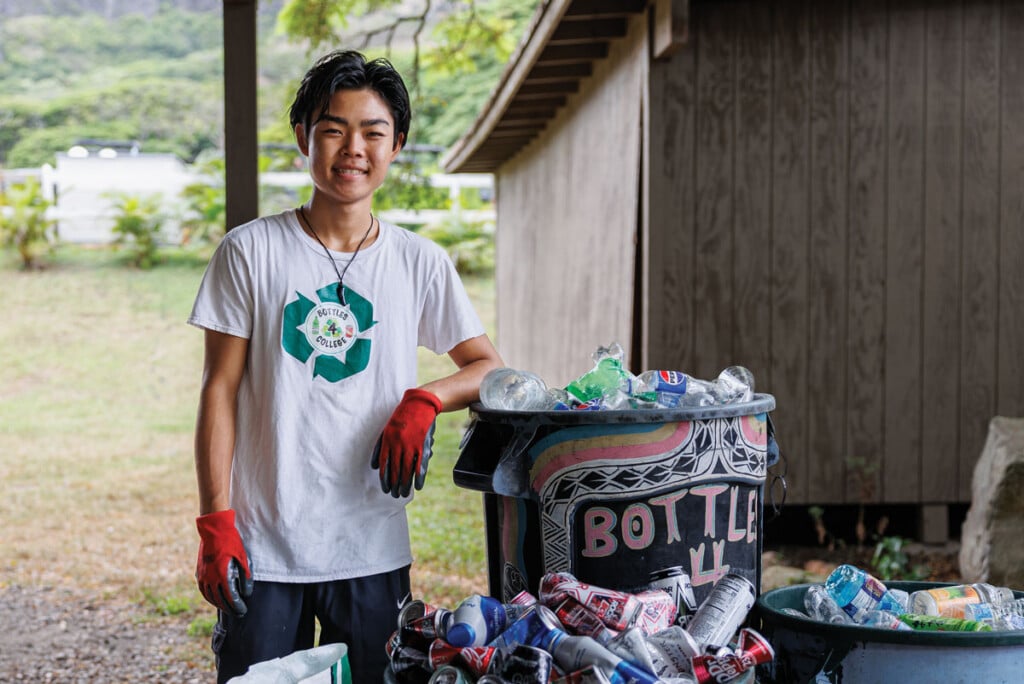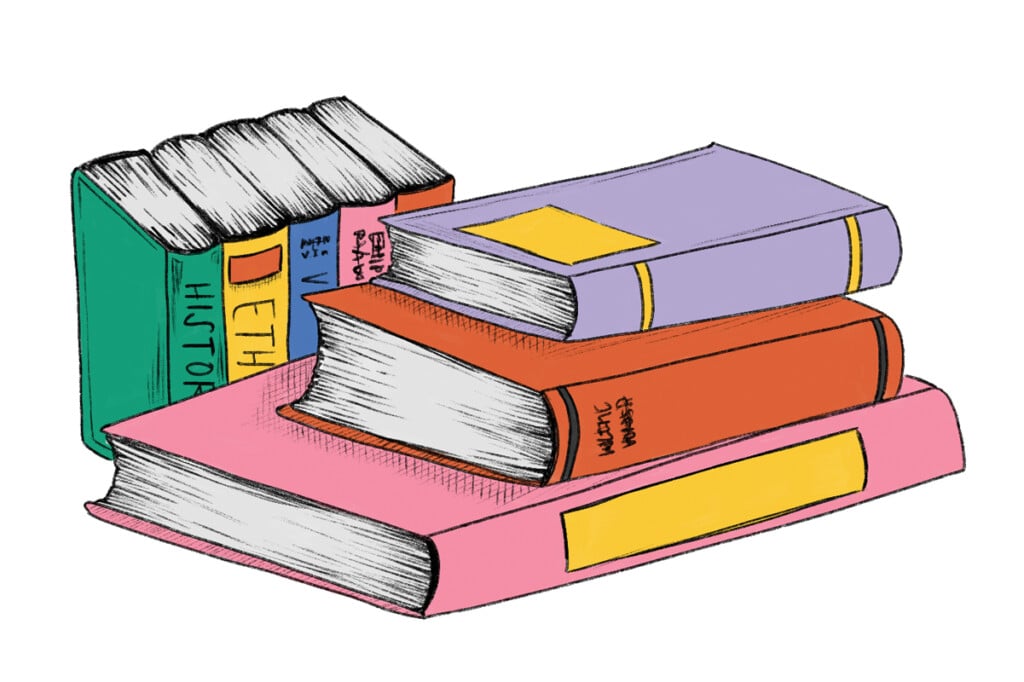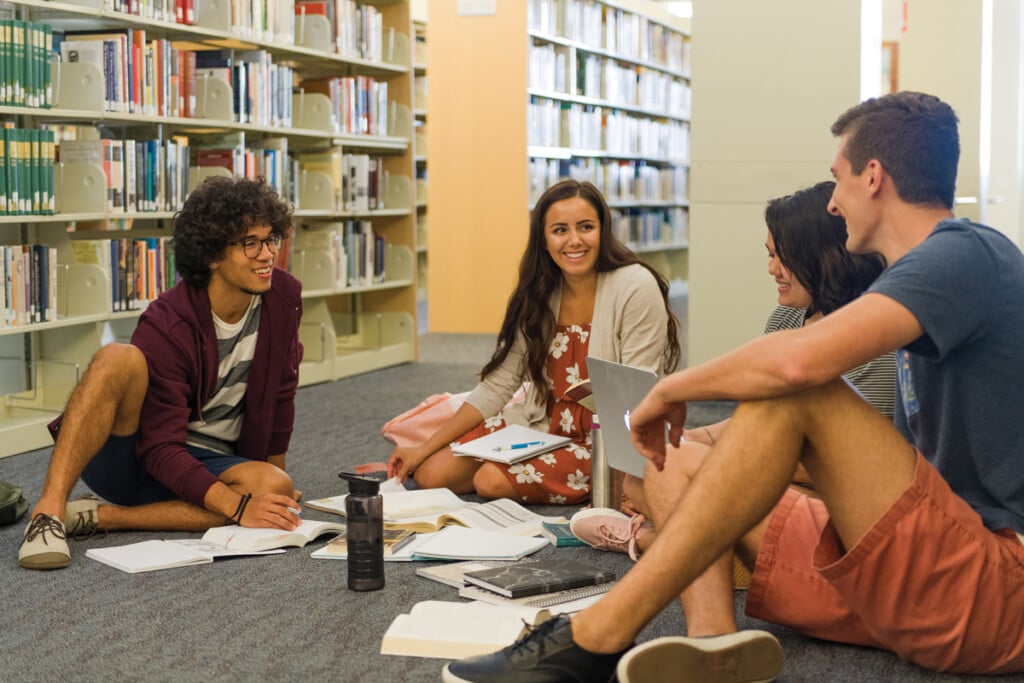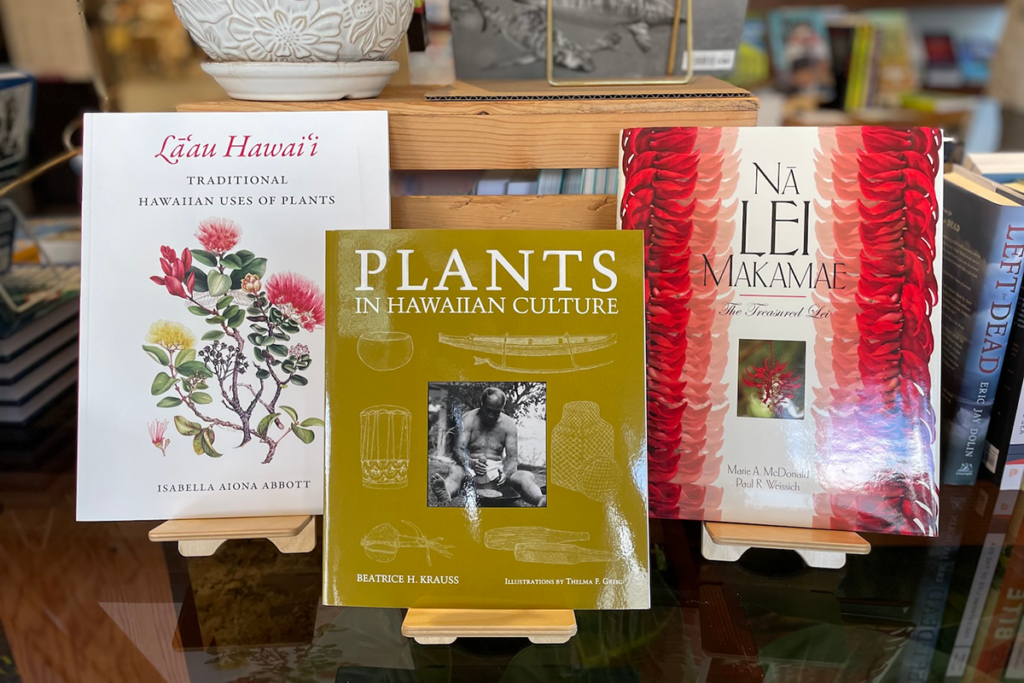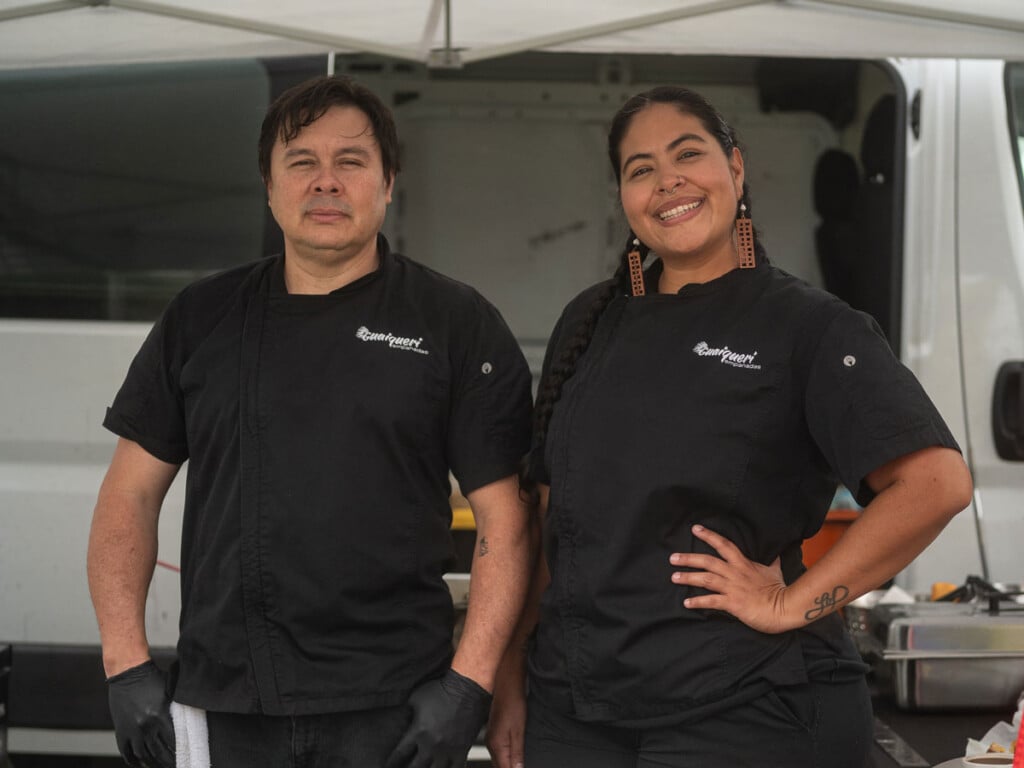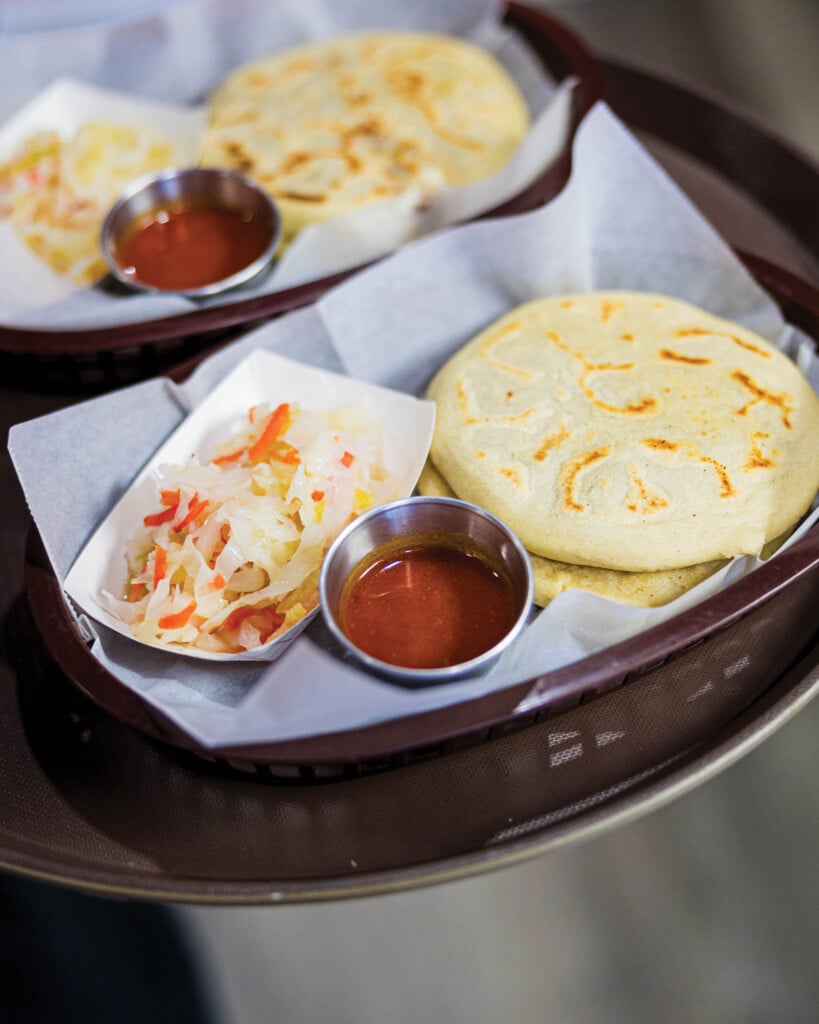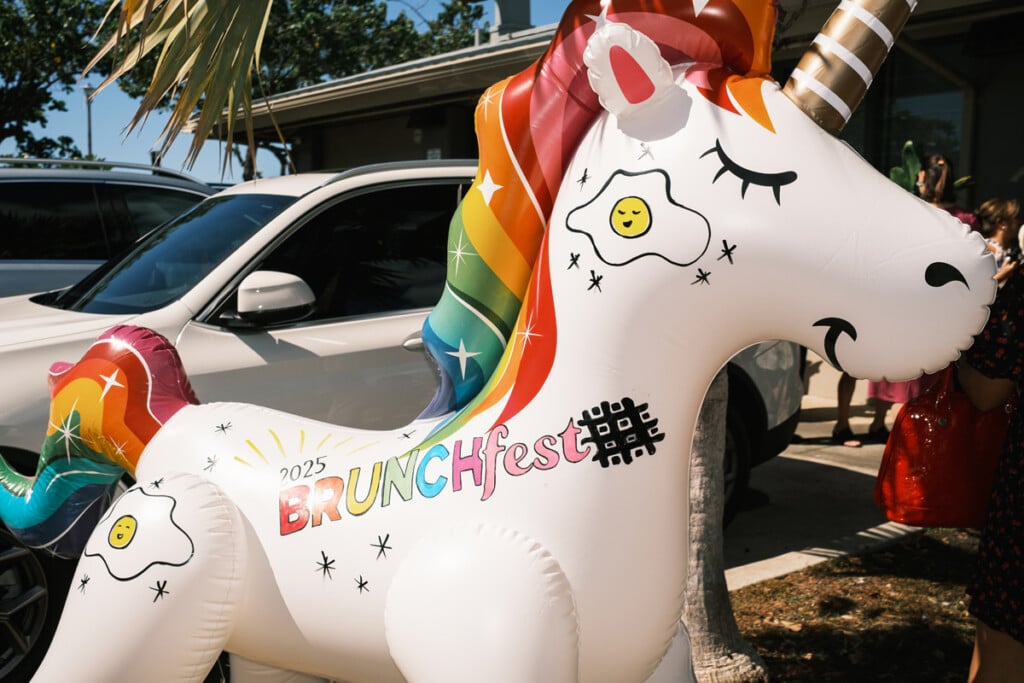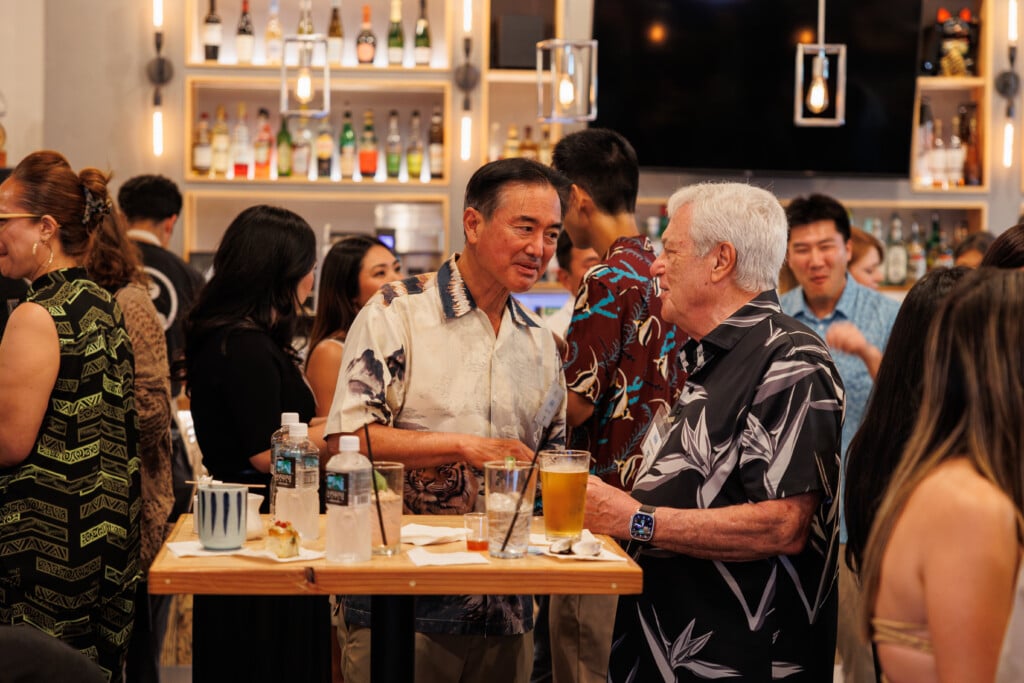Ready to Roll with the Rise of AI at Private Schools
How artificial intelligence is reshaping education at some of Hawai‘i’s private schools.
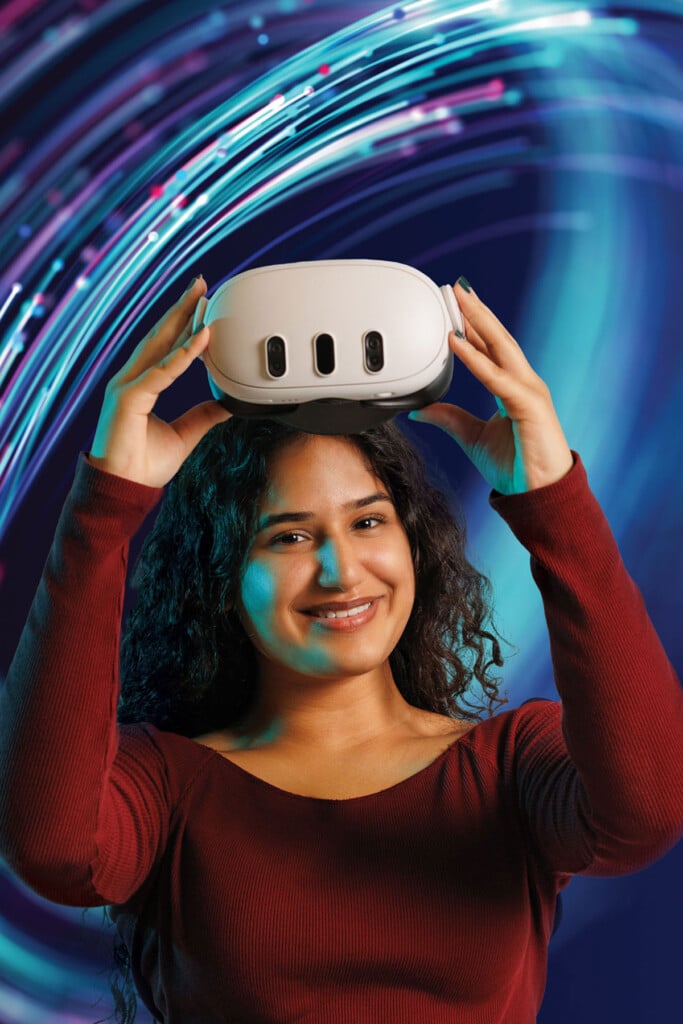
ChatGPT’s public release in November 2022 was a monumental event in the advancement of artificial intelligence. Today, with not just ChatGPT but a wide range of AI tools disrupting the planet, schools are navigating a landscape where prompts can draft essays, generate illustrations and create lesson plans within seconds. And as the technology continues to advance, its abilities and adoption are likely to expand exponentially.
Aware of AI’s influence, while being mindful of the ethics and concerns, Hawai‘i’s private schools have started to roll out AI in their curricula, programs and processes. Here’s how five independent schools are doing it.

La Pietra—Hawai‘i School for Girls
“Remember that floating paper clip named ‘Clippy’ in Microsoft Word?” asks Benjamin Roosevelt, dean of academics and faculty at La Pietra. “That was early AI.”
Roosevelt’s point is that AI is nothing new—it’s been around for years.
Yet he knows using AI comes with risks, and as such, La Pietra has adopted an ethics policy for it in its student and employee handbook. “We are taking a conscious approach and not a reactive one,” he says. “Students are going to use AI, so we want them to use it as a learning tool, while teachers use it as an aid.”
An English teacher, for instance, could help students understand a complex Russian novel by using ChatGPT to rephrase and interpret a difficult passage at the students’ grade level. And, instead of spending time coming up with equations for a math exercise, a teacher could ask the chatbot to provide 20 calculus problems.
“There’s a term used by theorist John Spencer—it’s called ‘vintage innovation,’” Roosevelt says. “Vintage innovation is very important in Hawai‘i, and the Hōkūle‘a is an example. They used ancient wayfinding to navigate the ocean, but you can also see how social media and the internet was used to promote and share it. In the same way, we can pair hands-on, tried-and-true techniques of learning with AI.”
Roosevelt has ambitious plans to expand AI at La Pietra. During the summer, he envisions students visiting local farms and gardens and enhancing their hands-on agricultural experiences with technology. “What if we brought a drone that could do aerial mapping of the lo‘i and then use AI to figure out which parts of the lo‘i are most productive? AI can really be cutting-edge, interesting and meaningful, especially if we can use it for something important like food production,” he says.

‘Iolani School
Head of School Timothy Cottrell wants ‘Iolani School to lead the way in AI at Hawai‘i private schools.
Teachers already are using AI tools like Google’s Gemini chatbot and Magic School AI, designed to assist educators in developing lesson plans and learning materials, Cottrell says. They’re also empowering students to do advanced data analysis, write code, find relevant research articles and brainstorm solutions to large systemic social and global issues via AI. “Others are experimenting with the technology themselves and thinking about how they will respond,” he adds.
He can likewise see AI supporting students with learning differences. For example, students with dyslexia can use Otter.ai to transcribe a verbal brainstorming session, then ask a large language model like Gemini to organize the transcription into notes.

Gabriel Yanagihara teaches at ‘Iolani School’s Sullivan Center for Innovation and Leadership and is a proponent of AI, often being involved in local conferences and workshops for those curious about the tool’s potential. Photo: Aaron K. Yoshino
In 2023, ‘Iolani faculty members Gabriel Yanagihara, Greg Bowman and Alan Suemori were approached by the Hawai‘i Emergency Management Agency to create a children’s book to help local families better prepare for tsunamis. Hiring an illustrator was too costly, so Yanagihara created illustrations via AI. “The process was very precise and deliberate,” Yanagihara says. “It involved the three of us sitting together and going through each page of the story and deciding what image was best needed to bring the plot to life. We came up with multiple options for each page.”
Cottrell is now providing free copies of the book to faculty to showcase community outreach and the creative use of AI. More recently, Yanagihara, a teacher at the school’s Sullivan Center for Innovation and Leadership, coordinated an AI storytelling hackathon at a local STEM conference for middle school students and their teachers. During the session, students from across the state created dozens of their own AI-illustrated books.
“I see AI as becoming as integral a part of education as the calculator or the internet that came before it,” Yanagihara says. “As we embrace and explore its potentials, it will find its appropriate place within the learning journey as other technologies have. … What fills me with pride and hope for the future of education is that our community embraces change and takes on every opportunity to better serve our students as we explore new frontiers. AI is just the current wave we are riding, and we are having a wonderful time on it.”




Seabury Hall
While putting on a fall production of Annie Jr., middle schoolers used AI to create a gorgeous black-and-white backdrop of the New York City skyline in the 1920s and other scenes. That’s just one of the ways the school in Makawao, Maui, has integrated AI.
Head of school Maureen Madden says that when she first heard about ChatGPT, the faculty panicked. “We were like, ‘Oh my gosh, we need to block this from our servers,’” Madden recalls. But by the end of the school year, they had convened an AI committee, adopted academic integrity policies for the next school year and identified learning opportunities. “We have red, yellow and green assignment policies toward AI,” Madden says. “Red is a full stop—no AI allowed. Yellow, some AI is allowed. Green means go for it.”
Madden is now thrilled to see the creative ways students are using AI. One student, for instance, developed a virtual tour of the school using drone footage, adding a virtual assistant that follows along to answer questions. “This is a great example of how kids are not just passively using AI, but they are experimenting with it,” she says.
During a lesson on poet Pablo Neruda, English teacher Christopher Findeisen had his 10th graders use AI to create odes. What resulted were perfectly structured poems that all rhymed, but were boring. “It’s very robotic, without soul,” he says. But that doesn’t mean they’re useless: The AI-generated poems are then critiqued in class, which helps students understand the differences between good poetry and bad. “ChatGPT almost always fails to acknowledge the unexpected or surprising aspects which humans are good at, and AI is not.”
Rather than fearing AI and punishing students for using it, Madden says it’s better to discuss its proper uses with students. “Teachers can go to all the AI professional development sessions that they want, but they don’t mean anything unless you have relationships with students and can talk to them about their work,” he says.
How is your school using AI?
“Many Island Pacific Academy teachers recognize that the use of AI can help them with time-consuming yet important daily tasks, such as rubric and worksheet creation, and started to use AI to do such tasks. Some are gradually integrating AI into their classrooms, from teaching prompt creation to promote higher level thinking to using AI to teach media and digital literacy concepts, such as checking for misinformation and bias.”
—Erinn Abragar, design thinking teacher, Island Pacific Academy

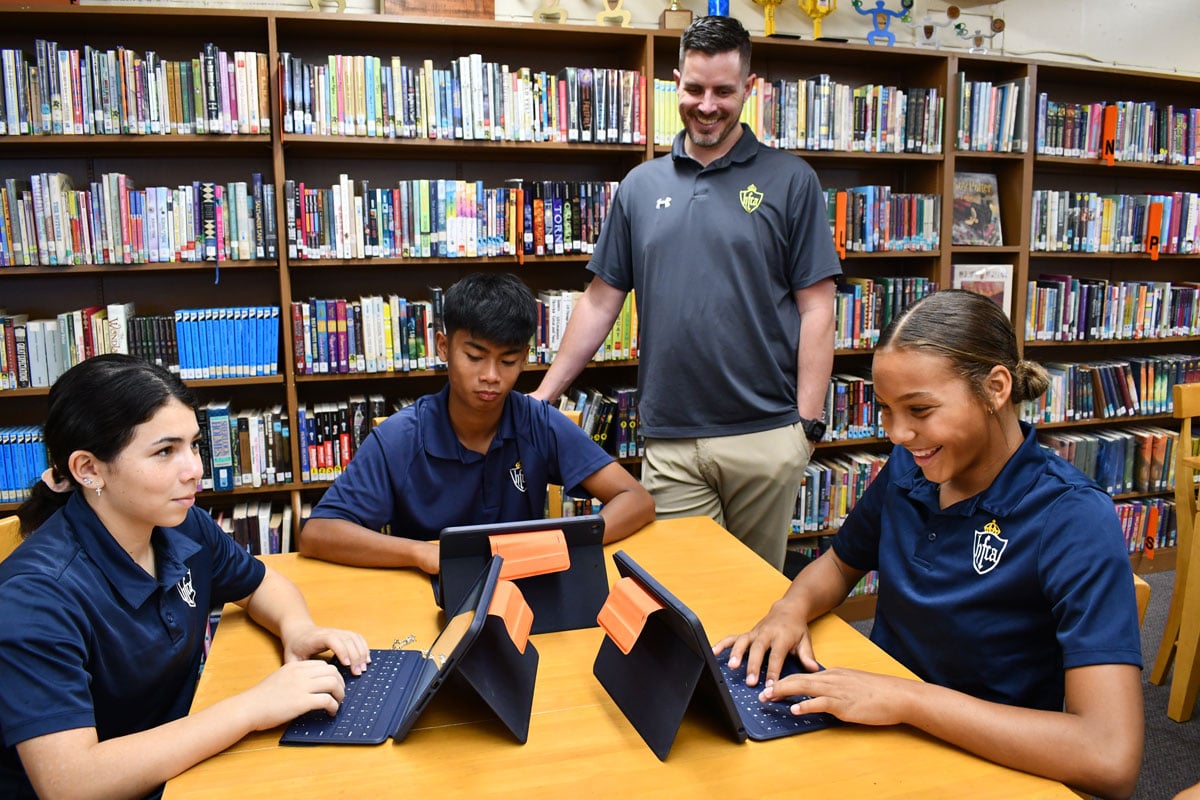
Holy Family Catholic Academy
During the next school year, Holy Family Catholic Academy will offer professional development sessions for its faculty that address AI. Meanwhile, students will be offered a digital citizenship class focused on how to use technology as a tool to retrieve information properly. “It teaches them to be good citizens on the internet, how to decipher information and think critically,” assistant principal Brian MacMaster says.
Overall, the school is taking a cautious approach in adopting AI. While some faculty members—middle school social studies teacher Kristi Sunada among them—are already experimenting with AI, others are more hesitant.

From left: Emerson Carroll, Elijah Whitford, Michaela Siaosi and Lukas Thimsen playing the gold rush game. Photo: Courtesy of Holy Family Catholic Academy
Sunada says she used AI to create a board game about the California gold rush, and it was “really educational and fun.” But middle school English language arts teacher Jin-Hee Hause says she once prompted AI to create a quiz, and three of its 15 answers were wrong. “I could never just use it and then give it to the kids right away,” she says. “I do believe it’s in our future and present, but how do we manage academic integrity? Critical thinking is often lacking nowadays because of how much we can receive with technology. I don’t want [my students] to just have a resource to seek answers from—I want them to be reflective in their writing and thought processes.”

Langauge Arts teacher Jin-Hee Hause and student Hipa Neria. Photo: Courtesy of Holy Family Catholic Academy
How is your school using AI?
“Lower School (grades K3–6) teachers use AI for assistance with their professional work behind the scenes (i.e., making rubrics for assignments, differentiating instruction, [generating] lesson ideas and wording for comments or emails, etc.). Upper School (grades 7–12) teachers embrace the ethical use of AI as a tool to enhance student learning. [Our] approach seeks to shift students from single-input interactions with AI to leveraging artificial general intelligence language models to empower critical thinking and creativity while maintaining human agency.”
— Theresa Hay, executive administrative assistant, Hanalani Schools


Mid-Pacific
When Mid-Pacific’s faculty and staff first learned about ChatGPT in 2022, they knew their students would be drawn to it, says Jon Pennington, a tech specialist at the school. “We immediately had to come up with a strategy on how we could get ready for this.”
By January 2023, the school had conducted professional development workshops to train its faculty, unleashing potential uses of AI at the school. Whether it’s coming up with lesson plans or even interacting online with historic figures, the possibilities, the faculty realized, are endless.
As an example, in an art class, a teacher asked students to share their work, then prompted CoPilot AI to re-create the art in the style of famous artists. The students even received feedback on their work from those artists. “The big thing is now teachers can make activities more interactive, instead of stagnant,” says Mark Hines, director of the Kupu Hou Academy at Mid-Pacific’s Center for Advancing Education. “Now, teachers have this creative creature, this alien, that the students can interact with and explore different ways of questioning.”
To teach fellow educators how to create effective AI prompts, Pennington shows them what he calls “programming prose.” And to help ensure academic integrity, the school encourages teachers to identify students’ “writing voices” early in the semester. “When people secretly use it because they are afraid of consequences or judgment, that’s the biggest limiter,” Hines says. “AI is going to continue to evolve. We have kids who are 3 years old in preschool and in 15 years, they’re going to enter a world outside Mid-Pacific that has been transformed by this tool. We need to think progressively about all aspects of teaching, and learning what will be impacted by this.”
Last summer, during a student and faculty panel on AI at the school, a teacher asked a student a challenging question: “If AI can do all of this, why do you need me?” The student’s response: “It makes you more important,” the student responded. “If AI gives me feedback on manini stuff like punctuation and grammar, teachers can go deeper and provide more insightful feedback.”
Says Hines: “It’s hard for a teacher to give immediate feedback to 25 or 30 students in the classroom. AI can do it relentlessly. It serves as a tireless assistant that cannot displace a teacher’s role in designing instruction.”
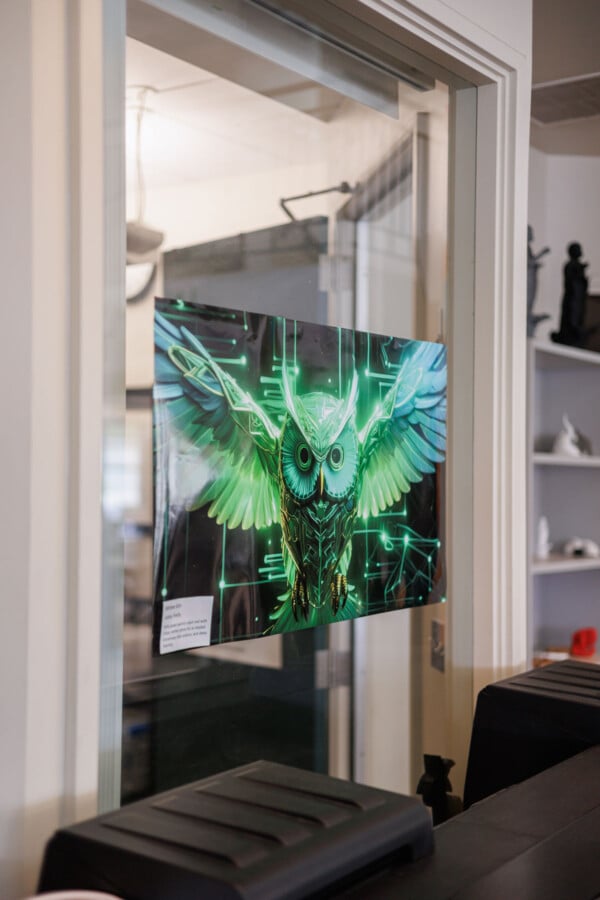
How is your school dealing with the potential issues of AI, such as misuse?
“Teachers are allowed to create the educational environment in their classroom as they need it to be. They are asked to be very specific and open with AI and where it may or may not be appropriate for each assignment and in general use in their class. Students are to be open and honest in their use of AI and to respect the teacher’s class rules.”
— James Morris, director of technology, Maryknoll School

